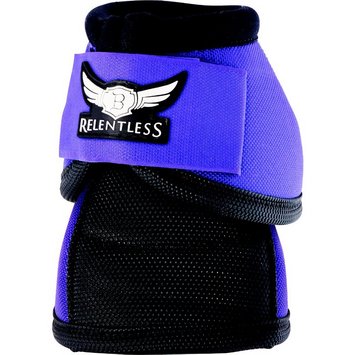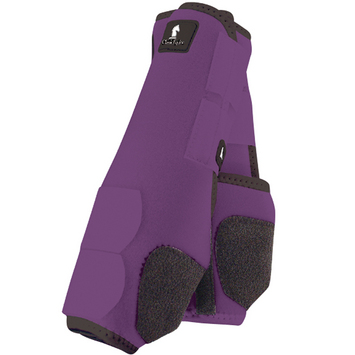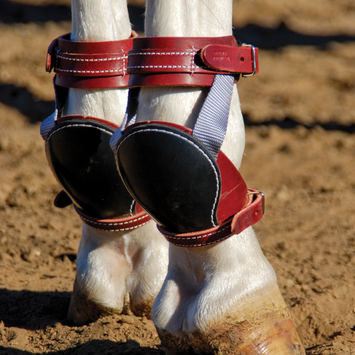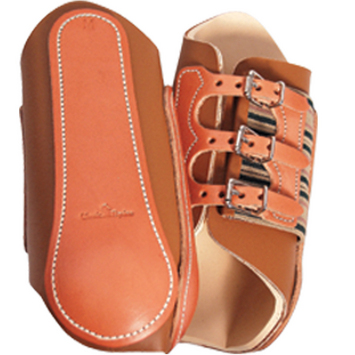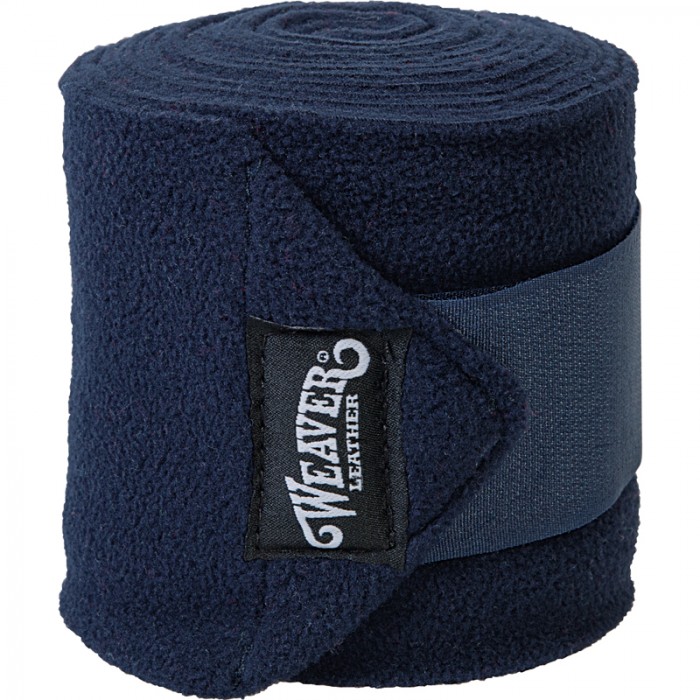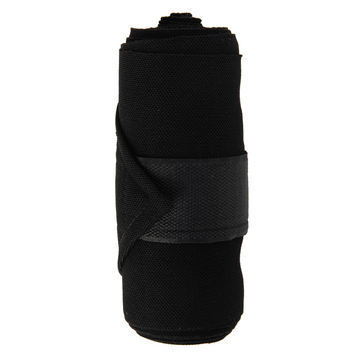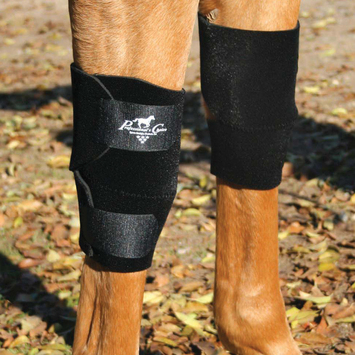To Boot or Not to Boot? A Guide on Protective Gear
0Horses are athletes, and just like human athletes, sport-related injuries can happen. Leg-related injuries can be career ending in some cases. Best case scenario, leg injuries are costly and take months of rehabilitation. Although it is important to note that no boot or wrap can guarantee complete injury prevention, it is best to offer the most protection you can for your horse. Consider the cost of sport boots versus the cost of numerous vet bills.
There are many kinds of protective boots on the market and it can be challenging to find the right ones for you and your horse. NRS offers a varied selection. Here are some of our best sellers and a short explanation of their purpose.
Bell Boots
Bell Boots protect a horse’s coronary band from being struck by the back hooves. They also prevent the front shoes from being pulled off when the horse overreaches. Having a shoe pulled off can be painful, and injuries to the coronary band can effect long-term soundness.
Sport Boots and Sport Medicine Boots
Sport boots are worn on the front and hind legs. They are lined with shock absorbing materials and also feature protection against striking and bumping on the outside. When choosing sport boots, it is important to look for proper venting to avoid heat build up in the legs. Sport boots do not offer support like skid boots, but protect all four legs on all sides from injury to the cannon bone, tendons and soft tissue. These boots were originally created by Professional’s Choice, but many other brands now have their own spin on sport boots.
Note: Always be sure to remove sport boots from the horse while resting or standing tied. It is important to not keep heat trapped inside the boots. Even boots with good ventilation need to be removed periodically to let the horse’s legs breathe and cool down.
Skid Boots
Protect back and lower portion of hind fetlocks and pasterns with skid boots. Skid boots offer support and protection from contact with the ground during sliding stops and quick turns. Reiners, calf ropers and cutters must be especially aware of protecting their horses’ legs with these boots.
Splint Boots
Splint boots tend to be the most cost effective boots available. Splint boots protect only the inside of the legs. They offer little impact protection and often will be used in conjunction with hind ankle boots.
Wraps
Leg wraps and polo wraps were much more common before specialized boots were widely available. Considering if wrapped wrong they can actually cause a bowed tendon, most people choose boots over wraps. If wrapped correctly, they can offer some protection against external nicks and bruises. Of course, some people will use them just for color coordinating and looks as well.
Leg wraps, also known as standing bandages, help prevent fluids from settling in the the legs while standing on hard ground for an extended period of time. There are varied options for stalled and traveling horses. Wrapping horses’ legs before a long trailer ride also helps cushion against any injuries that might occur while bumping against trailer walls or stepping on his own or other horses’ feet when re-balancing.
Knee Boots
Reining is the most common sport requiring knee boots. It can be difficult to keep knee boots in place. However it is essential to protect the horse’s knees and you normally only need one boot. Any time the horse’s knees are vulnerable to injury, it is a good idea to use knee boots.


